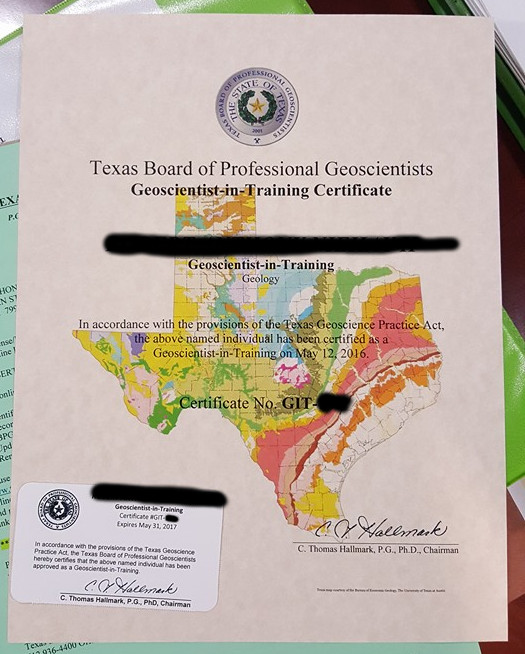Geoscientist In Training on:
[Wikipedia]
[Google]
[Amazon]
 Geoscientist in Training, or GIT is a professional designation from the National Association of State Boards of Geology (ASBOG) and other organizations, used in
Geoscientist in Training, or GIT is a professional designation from the National Association of State Boards of Geology (ASBOG) and other organizations, used in
 Geoscientist in Training, or GIT is a professional designation from the National Association of State Boards of Geology (ASBOG) and other organizations, used in
Geoscientist in Training, or GIT is a professional designation from the National Association of State Boards of Geology (ASBOG) and other organizations, used in U.S. States
In the United States, a state is a constituent political entity, of which there are 50. Bound together in a political union, each state holds governmental jurisdiction over a separate and defined geographic territory where it shares its sover ...
which regulate the practice of Geology
Geology () is a branch of natural science concerned with Earth and other astronomical objects, the features or rocks of which it is composed, and the processes by which they change over time. Modern geology significantly overlaps all other Ear ...
and related earth science fields.
Requirements for GIT certification are generally as follows:
* Completion of an accredited four year degree program with a minimum of 30 hours of geoscience coursework.
* Passing scores on the ASBOG Fundamentals of Geology exam, CSSE Fundamentals of Soil Science exam, or State Geophysics exam.
* References attesting to the applicant's ethical character.
Actual requirements may vary state to state, and upon completion a Geoscientist in Training (GIT) may be required to complete annual continuing education hours, as well as follow rules associated with their particular state board. Receiving a GIT designation is one step along the path towards a Professional Geologist (PG) licensure.
The Geoscientist in Training (GIT) certification and advancement to Professional Geologist (PG) is similar in structure to the Engineer in Training Engineer in Training, or EIT, is a professional designation from the National Council of Examiners for Engineering and Surveying (NCEES) used in the United States to designate a person certified by the state as having completed two requirements:
* C ...
process.
References
{{reflist Training